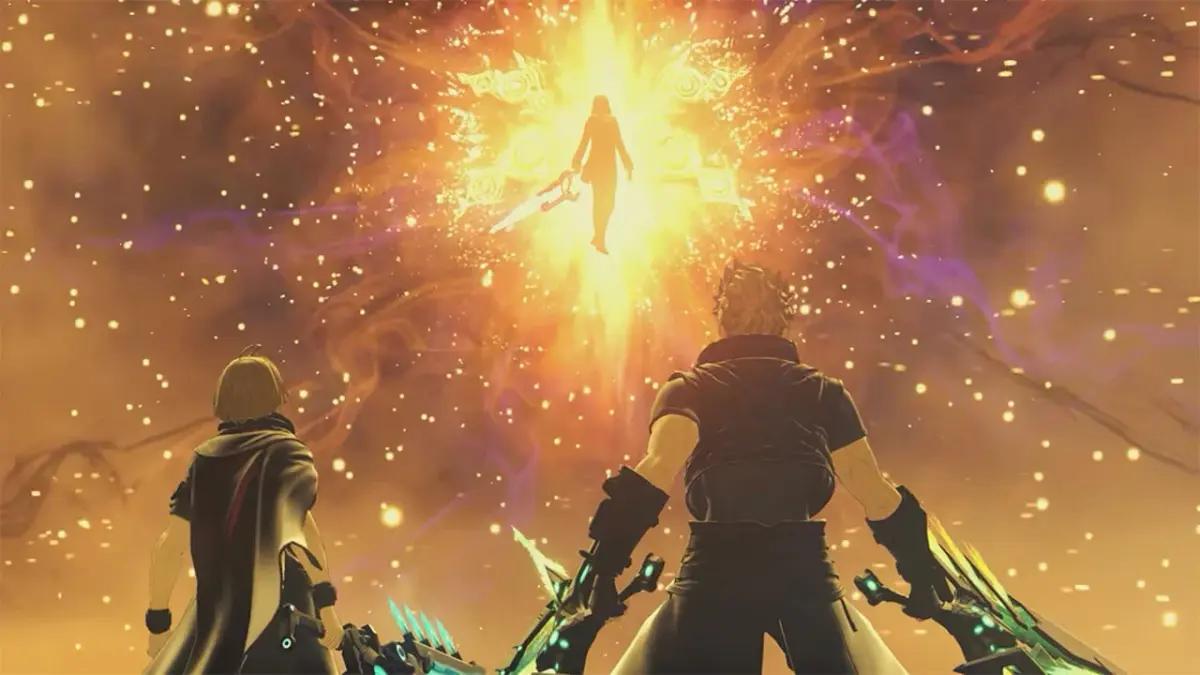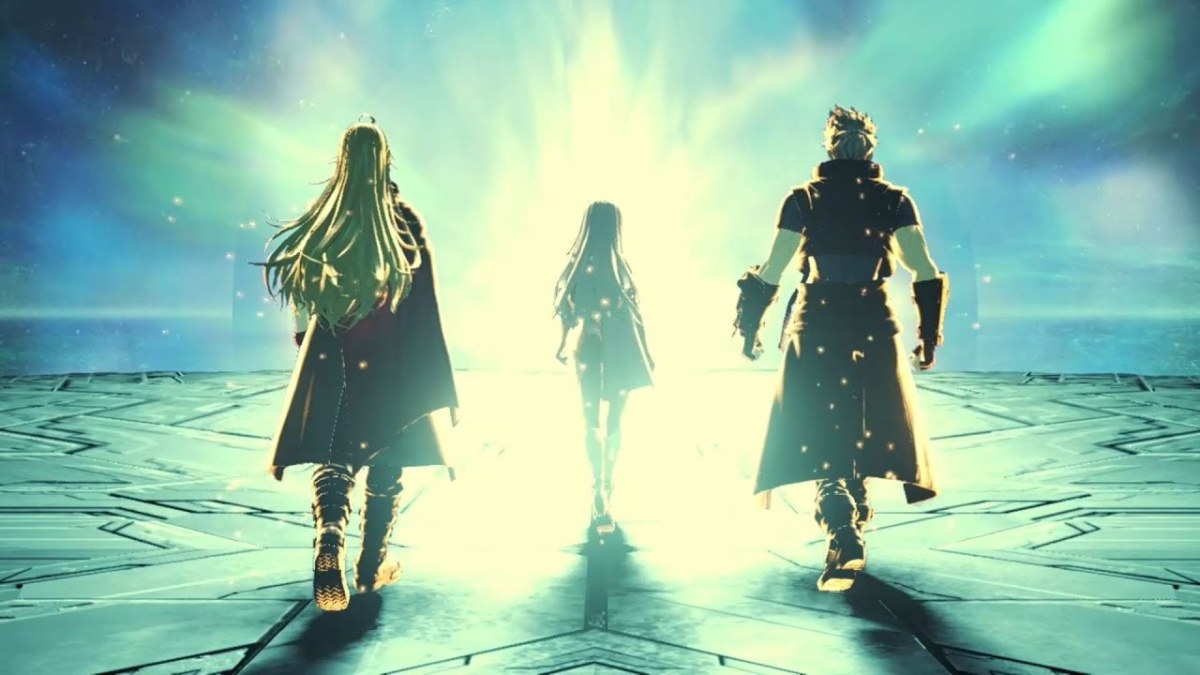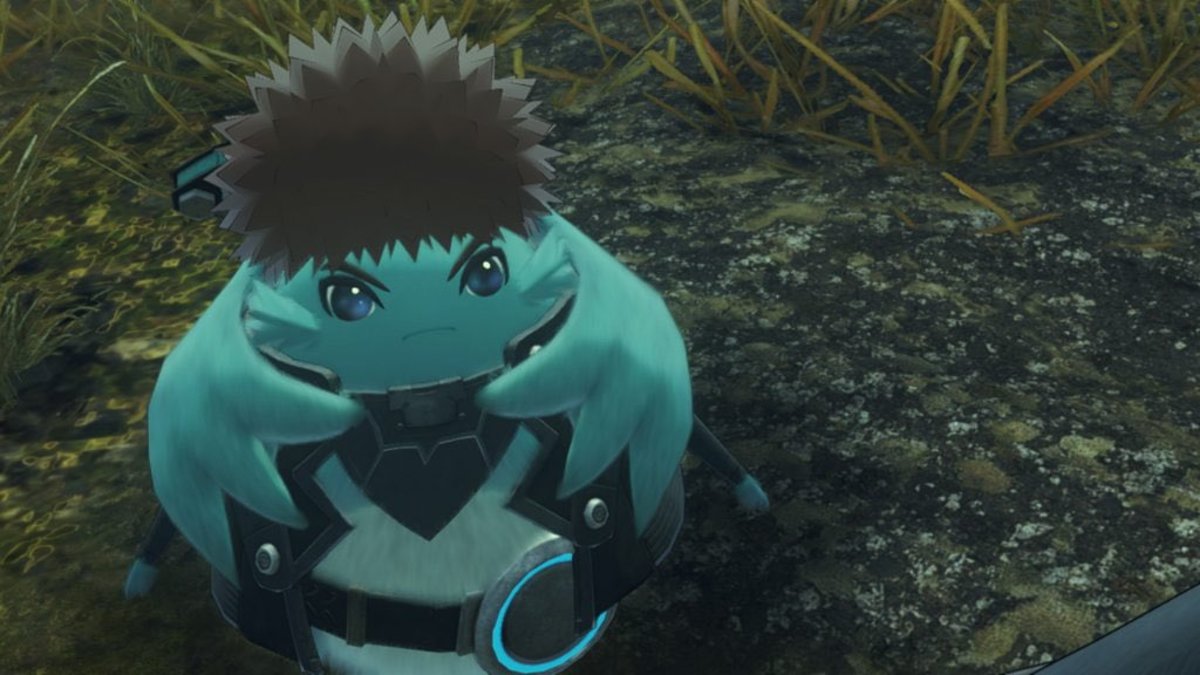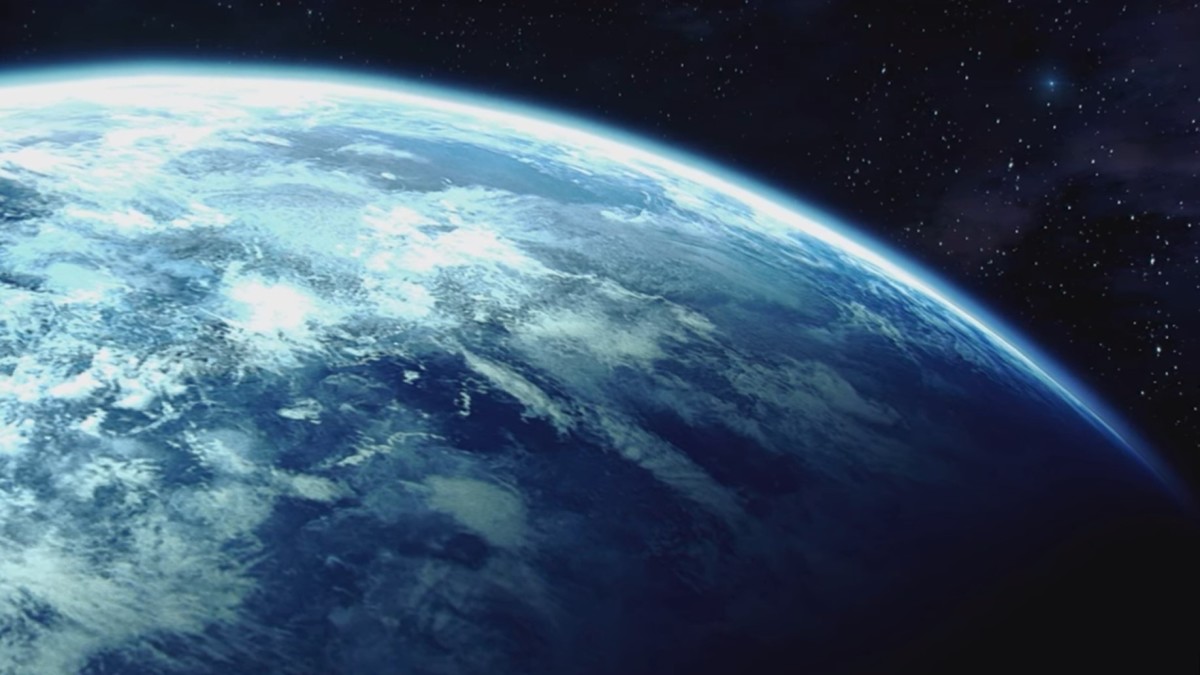Xenoblade Chronicles 3 Future Redeemed ending explained

Contents
Just after I’d finally stopped crying over the ending to Xenoblade Chronicles 3, Nintendo dropped a new trailer for this DLC and announced it was coming in just one week.
This was not enough time to emotionally prepare.
Future Redeemed is the final chapter in the Xenoblade saga up until this point, with the series director, Tetsuya Takahashi, confirming that this was officially the end of what fans now refer to as “The Klaus saga” which began in the first game. For a simple story DLC, Future Redeemed had a lot of loose threads to tie off, both in terms of what Xenoblade 3’s main story left hanging, and the final notes of the saga as a whole. To put it simply, it delivered an extremely satisfying conclusion that fans will be very happy with.
However, this is a Xenoblade game, which means there are some things that weren’t made as clear as they could be or were deliberately left open to interpretation.
As you may expect, we’ll be going into full spoiler territory here for the entire Xenoblade series, so if you haven’t played them yet, go do that. It’s only three 100-hour-long RPGs, what’s the hold-up?
Xenoblade 3 Future Redeemed ending explained

Before we dive into the “why” of it all, let’s break down what actually happens.
In the climax of the fight with Alpha, N presents Matthew the Sword of the End, which he combines with his gloves to bring the entire party together and create the first true Ouroboros form, defeating Alpha.
In the aftermath, A, Shulk, and Rex begin to glow and walk toward the light of Origin. Glimmer and Nikol try to stop them, but Shulk and Rex explain that it’s alright, and use the power of Origin to remove the limit on their children’s lifespans.
The trio then walks into the heart of Origin and oh no, I’m crying again.
This causes Origin to fall from the sky, destroying the land in which the game took place and creating the massive crater in the center of Aionios we see in the main game – the Liberators and the citizens of the City made it out alive though.
A while later, in a new camp, Nikol and Riku are working on improving the Ouroboros stone before the team comes together to say goodbye to Matthew, who is setting out in search of more allies in the battle against Moebius.
The end…except for the post-credits scene, but we’ll get to that.
Why did Shulk and Rex disappear?

The explanation given in the final cutscene is a little vague, but technically speaking A, Shulk, and Rex aren’t the real versions of themselves in Future Redeemed. Origin has the data of every life from both worlds stored inside it, and due to their connections with the Trinity Processor (made up of Logos, Pneuma, and Ontos), Origin saw fit to revive Shulk and Rex as avatars to act in the world, to free it from Alpha.
This is how they have the power to remove the ten-year limit on Nikol and Glimmer’s lifespans, fulfilling their earlier promises to each other to change their kids’ fate. A initially objects to this, but Rex points out that it’s what “they” would’ve wanted, referring to Logos and Pneuma – which brings us to the next question.
Why was Pneuma’s core inside Matthew’s glove?

It’s brief but hard to miss. As Matthew combines his glove with the Sword of the End, we see that underneath the layer of armor is the emerald-green core of Pneuma, which explains where the power of the glove comes from.
On top of this, while it isn’t explicitly shown, it’s heavily implied that the Sword of the End contains Logos’ core – hence why their combining empowered Matthew to become Ouroboros.
The kicker here is that Matthew’s glove would eventually become the sheathe for Lucky Seven that Noah uses in the main game, meaning he has Pneuma’s power with him the whole game without realizing it. This also explains why Guernica Vandham decided to use the Ouroboros stone on the main party in Xenoblade 3 upon seeing Noah’s sword.
Who is Riku, really?

One of the biggest questions fans wanted answers to in Future Redeemed is Riku’s true identity. In the main game, he famously quips that “Riku is Riku, common variety Nopon”, but no one believed him due to his relationship with Melia and possession of Lucky Seven.
In Future Redeemed, we learned that he is indeed the secret seventh founder of City and that he forged Lucky Seven himself from Origin’s metal. His job was to keep it safe until the one who could defeat Moebius appeared, which eventually becomes Noah.
As for parentage, if you go to Riku’s workshop just before/after the final battle, you can view a scene where Riku recalls that his “Daddapon” was a traveling companion of Melia. This means it could either be Riki from the main party of Xenoblade 1, or Kino, who traveled alongside Melia, Shulk, and Nene in the Future Connected epilogue.
Xenoblade 3 Future Redeemed post-credits scene explained

That brings us to the true end of the saga, the post-credits scene, which is believed to take place immediately after the main story of Xenoblade 3 ends. It shows the two worlds breaking free of their trapped state of Aionios. They start to pull apart, but as they do, Origin’s original purpose suddenly kicks in, transforming the two worlds into one whole – officially restoring them to the singular world they were before Klaus’ experiment.
This lends some greater explanation to the opening scene and post-credits scene of Xenoblade 3, where a young Noah sees the second world in the sky before him, and then at the end, disappears into the distance upon hearing Mio’s song. It still relies on a little bit of symbolism, but this is as close to confirmed as it’s going to get that Noah and Mio truly did reunite in the end.
There’s just one more mystery.
In the final shot, as the beautiful song finishes, a bright blue light shoots through the sky, seemingly hurtling toward the planet, but we fade to black before we see what happens to it.
Given the finality of this cutscene, it’s unlikely we’ll ever truly know what this is, so it’s entirely open to your own interpretation. However, there are currently two popular fan theories.
The first is that it’s KOS-MOS. Xenosaga 3’s post-credits scene shows KOS-MOS floating through space toward a planet of unknown origin. It’s not unbelievable that Takahashi would use this moment to officially tie his universes together, even if it’s only symbolically.
The other is that it’s Elma returning to Earth prior to the events of Xenoblade X, warning the world of the alien presence that threatens them. There are direct references to Xenoblade X in Future Redeemed that suggest the original world where Klaus conducted his experiment is the same homeworld referred to in that game.
However, it may be neither of those things. For all we know, it’s just a shooting star in the sky, representing the fulfillment of our wish to see the two worlds combined.
It’s up to you – until Xenoblade 7 inevitably ties it all in, of course.
